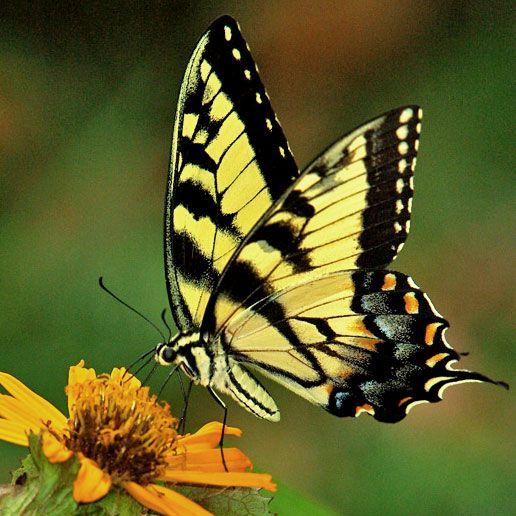A gardening plan is important. It ensures you plant what your household needs every season. As such, it helps you select plants that suit the weather changes, from rain to sunshine and the cold. Consequently, this article highlights some of the best plants for each season.
What to Plant Throughout the Year
Choose good host plants and sources of nectar to attract more pollinators to your garden. The more they are, the higher your harvest. Below is a practical plan to help you create a garden that provides sufficient supplies for your family and caters to the local ecosystem.

Winter
Many people forget about pollinators in winter. Nevertheless, they exist in your garden in various forms. For instance, butterfly eggs can winter in the stems and adult butterflies in leaf litter.
Since the weather might be too harsh outdoors, most gardening work in winter happens indoors. Thus, plants to consider for the outdoor garden include herbs like parsley. Indoors, plant slow-growing seeds like milkweed to prepare for the next season. Get some dynamic LED grow lights to cater to the deficit created when you grow plants indoors.
Spring
Pollinators arrive in droves in spring after sheltering from winter. Therefore, they are hungry, and you can invite them to your garden by planting early-flowering plants. The variety depends on the pollinators you intend to attract.
For instance, butterflies arrive before your garden blooms. Violets and dandelions are two popular sources of nectar. Nevertheless, make more specific gardening choices if you intend to attract particular butterfly species. For instance, wild columbine and bluebells attract the eastern tiger swallowtail.
Spring is also the best time for host plants. For instance, planting violets provides an egg-laying site. Fritillary butterfly caterpillars also love violets. Parsley and dill in your garden’s herb section can also bring more black swallowtails.
Summer
Pollinators are very active in summer. Although many gardeners focus on color and fragrance, there’s more. The variety should cater to the feeding and reproductive needs of various species, native or migratory. Therefore, you need a variety of plants. Further, grow these plants in plenty to ensure pollinators flying into your garden have something to keep them there throughout the season.
Accessibility is crucial as butterflies require plants they can land and sip nectar with ease. For instance, the bee balm does not give these pollinators a hard time. The placement matters. Therefore, group plants in clusters instead of scattering them around the garden. The latter ensures pollinators spot them easily. In addition to flowers and plants, pollinators need sunny but shaded areas in summer.
Add flat stones where butterflies can bask in summer to warm up for activity. Further, provide a water source. Since you intend to attract butterflies, they prefer puddling to drinking from open water. Thus, create a puddling station by filling a shallow clay saucer with wet sand. Add several smooth stones.
Fall
This season requires late-blooming flowers to feed migrating and local species as they prepare for winter. Asters are popular in the fall because they have dense clusters comprising small blooms. As such, pollinators like butterflies can reach nectar easily. Further, these flowers can bloom until October.
How about some perennial herbs like oregano? They attract butterflies and other pollinators when they bloom without trimming. Further, butterflies get sufficient nectar. Mustard greens and arugula are suitable vegetables for this season.
Conclusion
Every season has its range of gardening challenges. For instance, the plants that do well in summer may not be suitable for winter. On top of that, you want plants with the highest yield. Thus, plant flowers, herbs, and vegetables pollinators like butterflies love. It’s so easy to attract them. They only need flowers with sufficient nectar and host plants.




